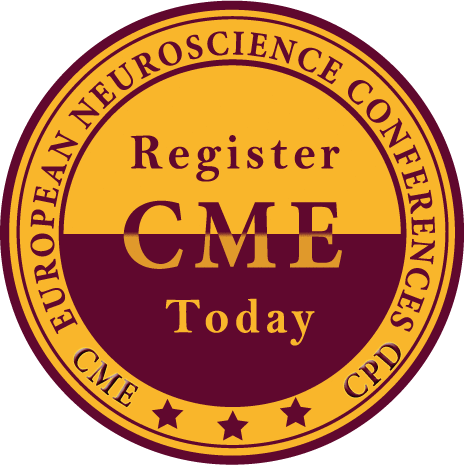Yogesh Kumar
All India Institute of Medical Sciences, India
Title: Clinical applications of autonomic function testing
Biography
Biography: Yogesh Kumar
Abstract
The autonomic nervous system play a very important role as it regulate many important func-tions such as heart rate, blood pressure (BP), res¬piration, temperature regulation, gastrointestinal, bladder, and sexual function. If auto¬nomic nervous system is not working properly than an individual is bound to suffer from many diseases. A physician mainly concentrate on symptoms of dysautonomia, but it is then necessary to deter¬mine if these symptoms are really due to involvement of auto¬nomic systems. Previously methods to evaluate autonomic function were either unavailable or too invasive. Nowadays we have tests which non-invasively evaluate the severity and distribution of au¬tonomic failure. They have sufficient sensitivity to detect even subclinical dysautonomia. Stan¬dard laboratory testing evaluates cardiovagal, sudomotor and adrenergic autonomic functions. Cardiovagal function can be evaluated by a number of meth¬ods. In the time domain, the commonly used and most reliable approach is to quantify heart rate response to deep breathing and to
the Valsalva manoeuvre. Cardiovagal function can also be quantified in the frequen¬cy domain. The highest frequency peak (>0.15 Hz) reflects oscillations of heart rate due to respiratory sinus arrhythmia and is considered to be a measure of cardiovagal function. Sudomotor function can be evaluated with the quanti¬tative sudomotor axon reflex test and the thermoregulatory sweat test. Adrenergic function is evaluated by the blood pressure and heart rate responses to the Valsalva manoeuvre and to head-up tilt. Tests are useful in defining the presence of autonomic failure, their natural history, and response to treatment. They can also define patterns of dysautonomia that are useful in helping the clinician diagnose certain autonomic conditions. Some clinical uses of autonomic function testing are: 1) Distal small fibre neuropathy: Common causes are diabetic and inherited neuropathy, but the most common cause is idiopath¬ic. QSART will show abnormalities at the feet and normal sweating more proximally in about three out of four patients tested; 2) Generalized autonomic failure: For a clinician symptoms of generalized failure include orthostatic light-headedness, syncope, erectile dysfunction, and symptoms
suggestive of neurogenic bladder and bowel. Examples of gener¬alized autonomic failure are the autonomic neuropathies and multiple system atrophy; 3) Selective autonomic failure: Autonomic tests can confirm that a specific autonomic function is affected and that other systems are intact;
4) Synucleinopathies: These are neuro-degenerative disorders characterized by
4) Synucleinopathies: These are neuro-degenerative disorders characterized by
fibrillary aggregates of alpha-synuclein protein in oligodendroglia and in se¬lective population of neurons e.g., Parkinson’s disease and multiple system atrophy and; 5) Orthostatic intolerance: It refers to development of symptoms after assuming the standing posture that clears on sitting or lying down. Specific examples are orthostatic hypotension, postural tachycardia syndrome, and neurocardiogenic syncope. Clinical management of the dysautonomia depends on good clinical judgment. Autonomic testing increases sensitivity and specificity in the detection of autonomic failure. There are limitations of clinical autonomic testing. The non-in¬vasive approach is appropriate but imperfect. Autonomic testing is a growing and evolving field so it is important that we should keep on updating guidelines.

